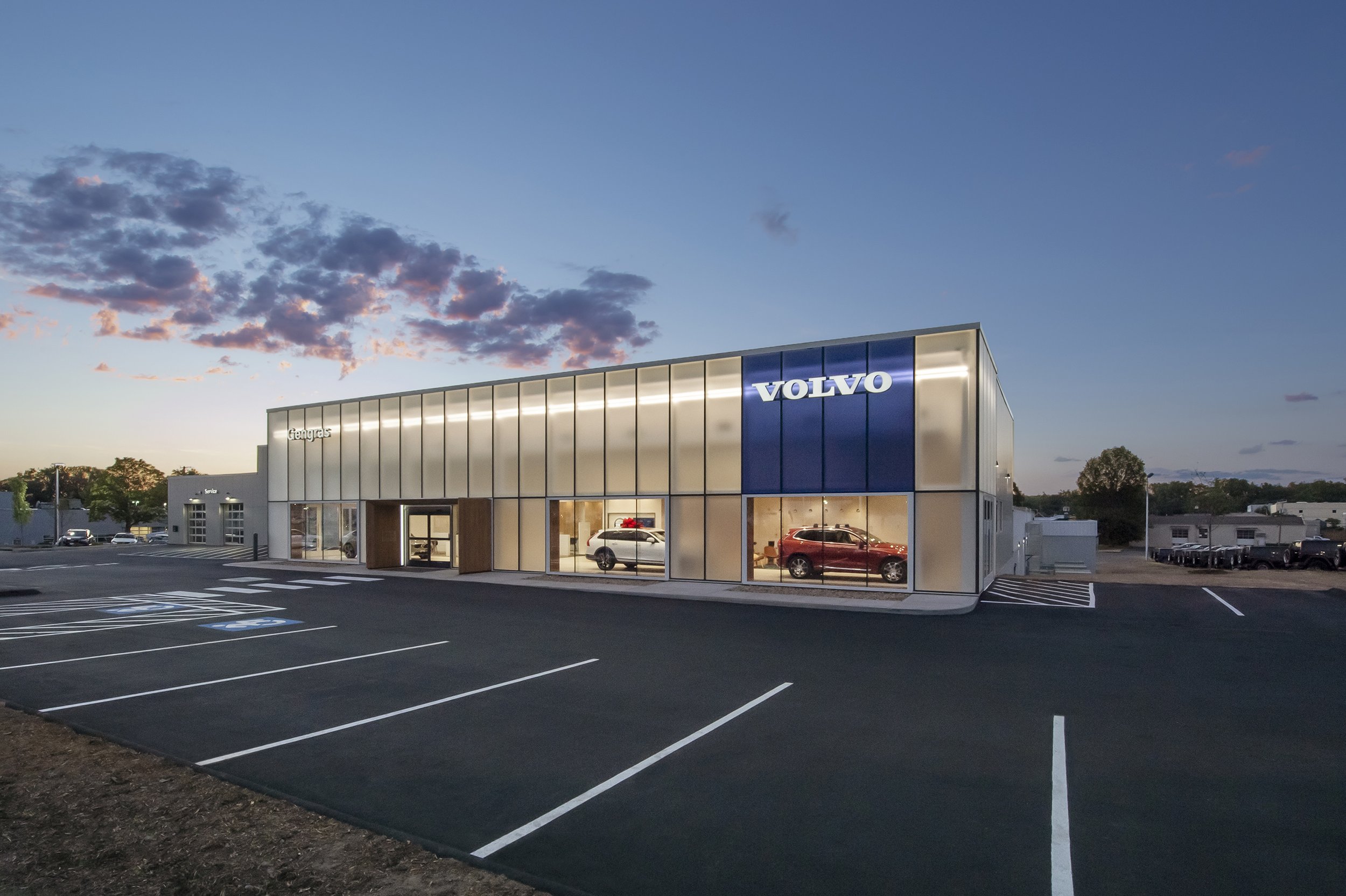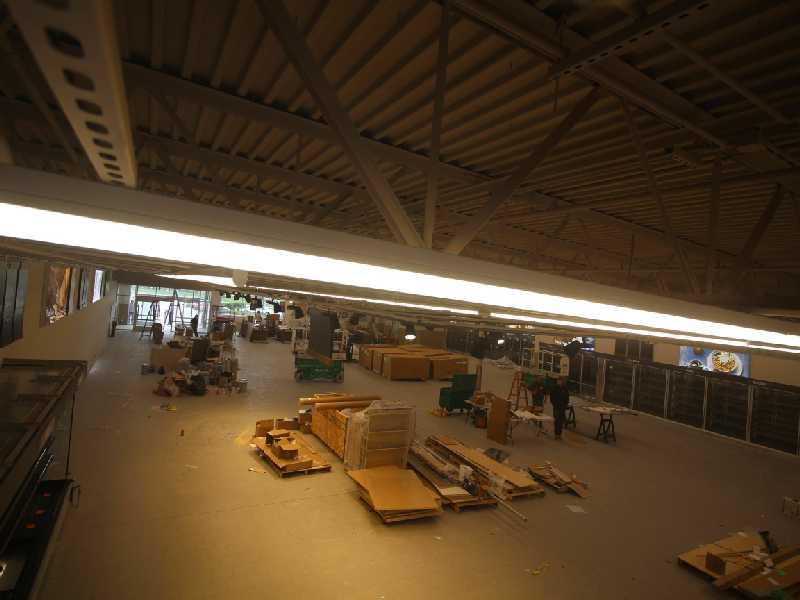One architect's new permit streamlining process could provide benefits for all
By Tim Culvahouse, FAIA
For over a decade, architect Michael F. Malinowski, AIA, has organized annual “Code Conversations” hosted by California's AIA Central Valley. These gatherings bring together building officials and design professionals from across the Sacramento area for informal dialogue. Harnessing the culture of cooperation they have generated, Malinowski—current president of the AIA California Council and a member of the AIA Codes and Standards Committee—recently led the development of a permit streamlining process known as the Prequalified Architectural Submittal System (PASS).
The Wall Street Journal recently addressed the adverse economic impact that extended delays in building permits approvals is having on the U.S. housing market. And the core principle of PASS is that high-quality permit documents should accelerate approvals. This approach distinguishes it from self-certification programs, which allow approved design professionals to bypass plan review by certifying a project as code compliant. While some jurisdictions have had decades of positive experience with self-certification, many building officials remain skeptical of a process that postpones approval to field inspection. As Steve Burger, the chief building official of Folsom, California, asks, “When do you want us to catch problems, on paper or in the field?”
The Prequalified Architectural Submittal System, a process led by Michael F. Malinowski, AIA, could redefine how high-quality permit documents are approved.
Unlike self-certification programs, PASS facilitates permitting without reassigning responsibilities or changing the approval path. Instead, it clarifies, in a Building Project Submittal Checklist, the information required in a submittal. Participants in the program—both authors of permit documents and lead plan reviewers—must pass a training course on effective ways of satisfying the checklist.
“PASS starts with just a list,” says West Sacramento building official Randall Goodwin, “but the brilliance of it is the collaboration. The traditional view is it’s an antagonistic relationship, but this puts us all on one team.”
Formalizing the Code
For PASS, that team is a steering committee comprised of architects, economic development experts, and plan review professionals from seven jurisdictions. Over a six-month period, beginning in January 2015, the group came to consensus on a 127-item checklist covering both code analysis—the process of determining what code provisions apply to a particular project—and code compliance. It is, as Burger says, “a formalization of what we have been trying to do for years, in terms of saying what we need to see.”
To develop training materials, Malinowski asked plan reviewers from five jurisdictions to use the checklist to grade three anonymized sets of plans donated by area architecture firms. Reviewer consensus determined the examples to be used in the course. These examples aren’t prescriptive; among them, Malinowski notes, is “an incredible variety of how architects portrayed information, where it was portrayed, and how the set was organized.”
The first PASS training course was held in July 2015; as of the beginning of March 2016, nearly 100 design professionals and plan review professionals have become registered PASS participants. The program is open to all those who are allowed by law to be responsible for plan submittal—architects, engineers, and, for some project types, interior designers and contractors. Eleven Sacramento area municipalities and three counties—collectively home to 2.5 million people—have adopted PASS without modification, a boon to architects working across jurisdictions.
Documents that follow the PASS guidelines—providing information thoroughly and transparently—make it easier for plan reviewers to assess compliance. This ease speeds the process, as does the provision that documents signed by a registered PASS professional are accepted without intake review. Not only does this provision reduce the number of rounds of review, it also means that anyone, even a courier, may deliver plans to the building department.
Impact Already Felt
The number of PASS submittals is not yet great enough for statistical analysis, but plan reviewers report evident improvements in quality and fewer rounds of review, from the typical three down to two or even one. An ongoing quality-assurance process maintains consistent compliance. Plan reviewers flag PASS-certified sets that aren’t PASS-compliant and refer them to the steering committee, which after validating the flag alerts the submitter. A participant who receives three flags in a year loses certification and must retake the training class and exam. So far, no flags have been reported.
In addition to streamlining the process, the PASS program is a useful tool for training young people on both sides of the counter. For entry-level permit technicians as well as architectural interns, the checklist promotes both a thorough attention to detail and an understanding of the big picture—the full scope of health, safety, and welfare considerations.
The PASS program is proving to be of value in several ways: It speeds approvals, both during permit issuance and during construction, providing real financial benefits to all parties—building department, architect, and developer. It helps educate young professionals. And it is building a spirit of collaboration between designers and regulators.
Along with the Code Conversations that led to it, PASS is an encouraging example of architects engaging in the formation of public policy. As Malinowski points out, “Architects have a vested interest in being leaders of the process from the beginning to the end. Between design and construction comes permitting, and we should be at that table.”
Tim Culvahouse, FAIA, is a professional development consultant for architecture and related disciplines.







